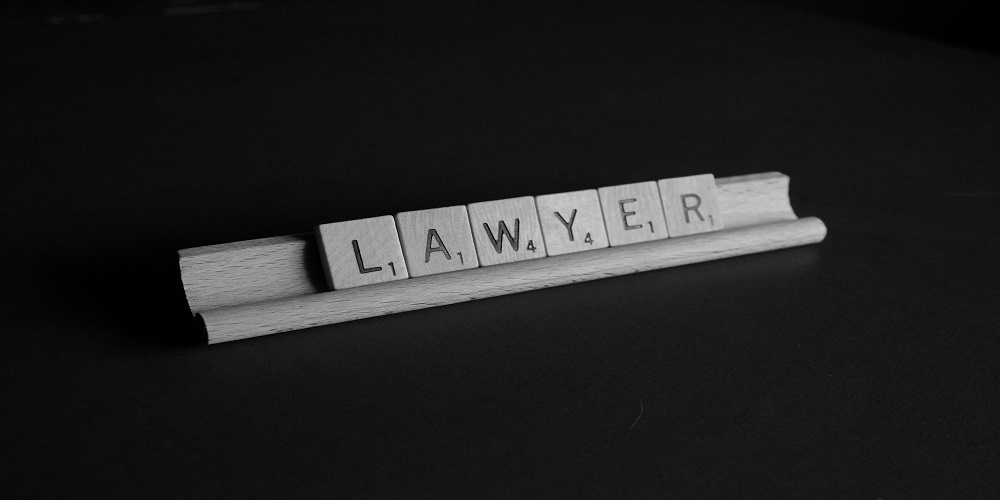Eyewitness testimonies are like plot twists in a courtroom drama that keep you glued to your seat. One moment, it’s all a puzzle; the next, a witness seems to fit all the pieces together. But while they can make for gripping cinema, their accuracy could be better in real life. This makes them a fascinating challenge for criminal lawyers like those at a brampton defence law firm. How do these legal pros navigate this tricky territory? Let’s dive in.

Cross-examination
Cross-examining an eyewitness is like peeling back the layers of an onion. The defence attorney gently (or sometimes not-so-gently) probes, pushing the witness to think harder and remember clearer. Considering that thick fog, they might ask how well the witness could see. Or maybe how certain they are about identifying the defendant, given the dim bar lighting. The idea? To lay bare the credibility and accuracy of the testimony, ensuring it’s not just taken at face value.
Expert Testimony
Sometimes, it’s not enough to question the eyewitness. You need another expert to shed light on the intricacies of human memory. Enter expert witnesses, the knights in shining armour for many a defence lawyer. These folks can chat about all the little things that might trip up an eyewitness: Was the alley too dark? Was the crime scene too chaotic? Was the witness too stressed? Their insights can offer the jury a fresh lens through which to view eyewitness testimony.
Jury Instructions
Imagine you’re handed a complex gadget without an instruction manual. Confusing, right? Now, think of eyewitness testimony as that gadget. Lawyers, knowing this, might request the judge to give the jury a little “manual” – special instructions on how to weigh the testimony. This can include mulling over how well the witness was positioned to see the crime or if any memory-tricky factors were at play, like extreme stress.
Pretrial Motions
Criminal lawyers are already on their toes before the main courtroom action even begins. If they reckon an eyewitness testimony is as shaky as a leaf in a windstorm – maybe because the witness was tipsy or high at the time of the crime – they might file a pretrial motion. It’s like calling a timeout in a game. They ensure that potentially misleading evidence doesn’t see the light of day in court.
Investigation
Criminal lawyers don’t just wear their legal hats; sometimes, they do the detective cap too. If an eyewitness sees the crime from their window, the lawyer will check if that window has a clear view. They’ll dig around, sniff out inconsistencies, gather other witnesses, or even hunt for physical evidence that might challenge the original testimony. It’s all in a day’s work to ensure they’ve got the full story.
Conclusion
Eyewitness testimonies seem like the ace up a prosecution’s sleeve. But memories, as we’ve seen, can be slippery customers. The stakes are high, especially when someone’s freedom hangs in the balance. That’s why lawyers, especially those from a skilled law firm, have a bag full of strategies to ensure these testimonies are put under the microscope. After all, in pursuing justice, every piece of evidence, no matter how compelling, must stand up to rigorous scrutiny.